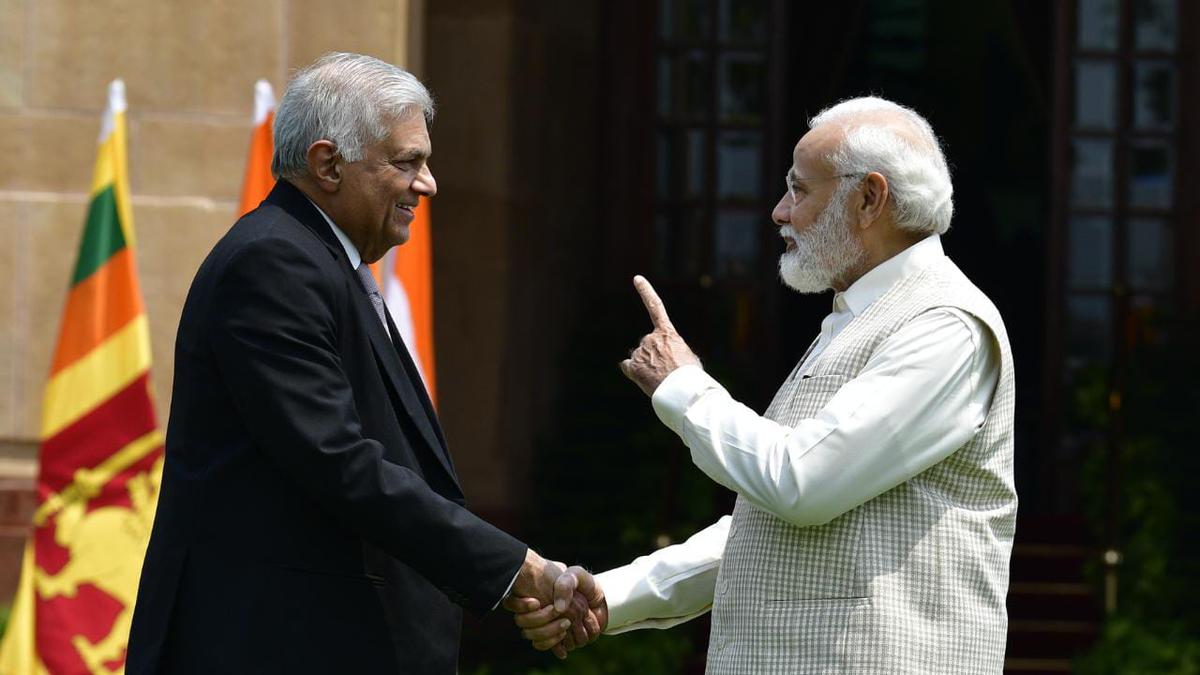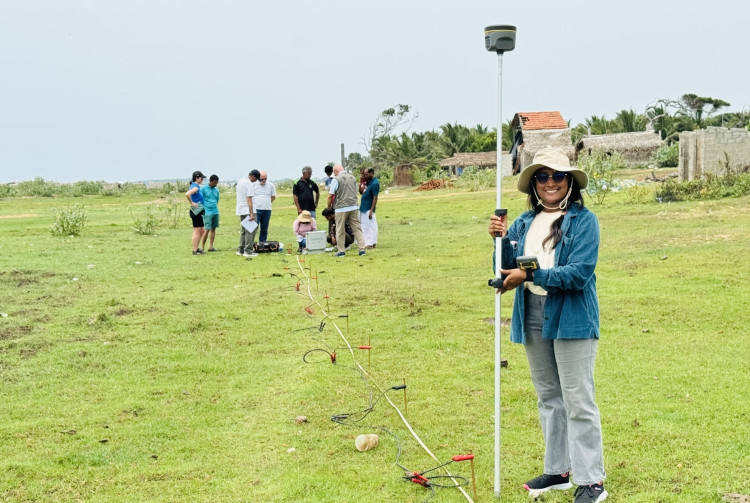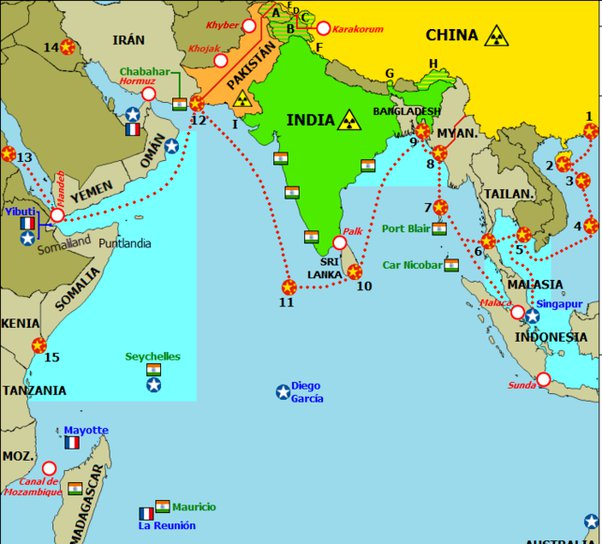President Ranil Wickremesinghe’s maiden visit to New Delhi appears to be a significant development in the Indo-Pacific Region amid questions about Chinese influence giving ‘room for manoeuvre’ in smaller South Asian countries.
India and Sri Lanka have signed an initial agreement to set the groundwork for constructing land and sea connectivity between the two countries. The agreement to explore the land bridge and pipeline between Trincomalee and South India is a strategic milestone and an important step toward the economic recovery of Sri Lanka.
As he works to dig the country out of its financial hole, Wickremesinghe has rightly proposed the connectivity plan. He correctly pointed out that a multi-project petroleum pipeline from the southern part of India to Sri Lanka will ensure an affordable and reliable supply of energy resources. As a Trincomalee-based Think Tank, we welcome this effort to connect land and sea.
2015 during his visit to Sri Lanka, Indian Prime Minister Modi announced India’s readiness to help Trincomalee become a regional petroleum hub. India has long been interested in involving in Trinco development. The Indo-Lanka Accord of 1987 agreed that restoring and operating the Trincomalee oil tank farm would be undertaken as a joint venture between India and Sri Lanka. Against this backdrop, India has the right to claim its involvement in Trincomalee.
The port of Trincomalee has a 99-tank farm from World War II, with a portion of the facility under the joint management of the Indian Oil Corporation and the Ceylon Petroleum Corporation.
The British began construction of the Oil Tank Farm, the largest in Asia, in 1938 and completed it near the end of World War II (fifty-five tanks were operational at the time). By the end of the war, the British had completed eighty-five tanks. The outstanding balance was completed after World War II. Each oil reservoir has a capacity of 15,000 tons. These facilities were accessible to any navy (with the British) operating in the Indian Ocean region.
Trincomalee’s strategic importance has been recognised for a long time. Trincomalee Port is ten nautical miles east along the busiest east-west maritime route in the world and has been recognised as the second-top natural harbour. It is an essential Asian terminal due to its strategic location in the Indian Ocean regarding armed and unarmed shipping.
According to strategic thinkers, it was due to its geographical position in the Indian Ocean regarding sea supremacy. Trincomalee port is precisely in line with Alfred Thayer Mahan’s “Theory of Sea Power”; he concluded that ‘the one who owns the sea possesses all’. Trincomalee’s strategic significance in their naval battle against the French was one of the factors that prompted the British to conquer Ceylon. Following the British conquest of Trincomalee in 1796, Napoleon remarked, “He who controls Trincomalee controls the Indian Ocean.”
The 2000-hectare Trinco Harbour served as an important British military base during World War II. In subsequent years, the port’s strategic significance diminished. Throughout the Cold War, Trincomalee was once again regarded as a portion of strategic realestate in the Indian Ocean region.
At the time, there were speculations that the United States was going to set up a naval base in Trincomalee. In this regard, New Delhi was highly anxious regarding the Cold War wager. Given this background, the Trincomalee port took centre stage in the Indo-Lanka accord in 1987.
Based on the letters exchanged between Prime Minister of India, Rajiv Gandhi and J. R Jayawardene, that it was agreed that Trincomalee or any other ports in Sri Lanka will not be made available for military use by any country in a manner prejudicial to India’s interests. As per the terms of the bilateral agreement, India reserves the right to access the port if it detects an imminent threat to its national security.
However, India never approached the issue with a Big Brother attitude. Although India was keen on developing the Trincomalee port, things could not go ahead due to the civil war. There have been breakthroughs in this matter after 36 years since the Indo-Lanka Accord. Some pro-China elements in Sri Lanka may try to purposely label this moves as Modi’s captivity. But the idea of a merger between the two immediate neighbours is a purely economic plan for the benefit of the people of Sri Lanka.
Sri Lanka’s promises to India must be firm. It should not behave as it did in the case of the Eastern Container Terminal (ECT) agreement. The agreement to develop the ECT at Colombo port under a trilateral agreement signed in 2019 by the governments of India, Japan, and Sri Lanka during the tenure of former President Maithripala Sirisena. After Gotabhaya Rajapaksa came to the office, the new government withdrew from the agreement. The Rajapaksa administration’s rejection of the port agreement was justified by labour union’s oppositions. If southern hardliners oppose the newly signed agreements for connectivity ,will Colombo withdraw, citing opposition as the reason?
Sri Lanka has always insisted on the ‘India First Policy’ as its foundational stance. If Sri Lanka’s India-First Policy is true, it must be demonstrated through action.



